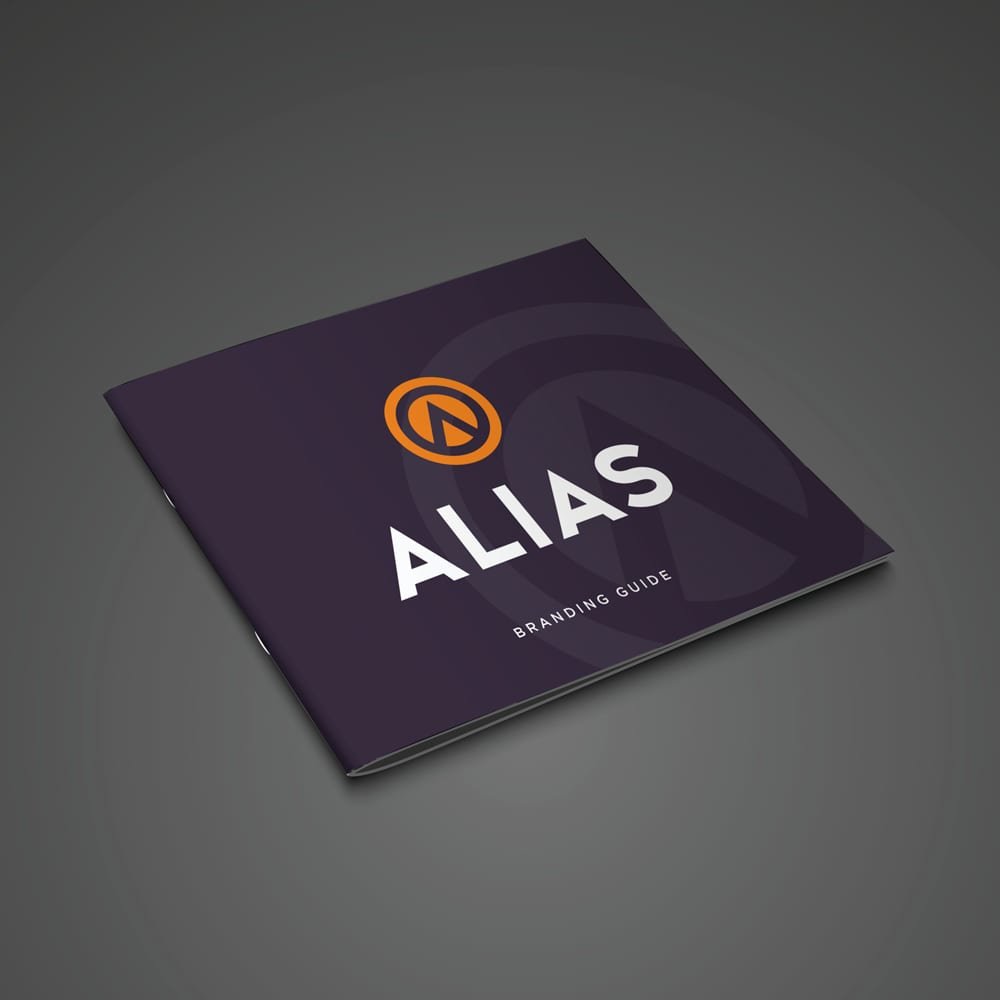Terms, Specifications and Characteristics

Below we have listed the most commonly used terms you are likely to come across in our documentation along with a short simple explanation, including core specifications and 6 core characteristics.
Commonly Used Terms
Blockchain – A shared, immutable ledger for recording the history of transactions in blocks.
Block – A defined data structure that contains a record of transaction data and other values.
ALIAS (public) – The name of the public coins on the blockchain.
ALIAS (private) – The name used for the private coins on the Alias blockchain in this document.
UTXO – Unspent Transaction Output that can be spent as an input in a new transaction.
ATXO – UTXO that can be spent as in input in a private transaction using a ring signature.
Keyimage – A unique value associated with a specific ATXO calculated using a private key.
Spent (UTXO) – A UTXO is spent when it has been ‘consumed’ as an input in a new transaction.
Spent (ATXO) – An ATXO is spent when the related ‘keyimage’ has been included in a valid ring signature.
Hash Function – A mathematical one-way function that generates fixed size data from an arbitrary input.
Hash Value – A numeric value of a fixed length that uniquely identifies the data input in a hash function. The hash of a block’s header.
Kernal Hash – A hash value used in Proof-of-Stake.
MIXIN – A chaff or dummy ATXO not being spent in a current transaction, used in a ring signature.
Tor – The Onion Router. A layered network that attempts to hide your IP address.
VIN – The ‘collection’ of input data for a transaction, including the UTXOs/ATXOs to be consumed.
VOUT – The ‘collection’ of output data for a transaction, including the new UTXOs/ATXOs generated.
PoS – Proof-of-Stake. A consensus mechanism introduced with Peercoin.
PoSv3 – Proof-of-Stake v3. Consensus mechanism developed by the Blackcoin developers.
APoS –Anonymous-Proof-of-Stake. Privacy consensus mechanism introduced by the Alias developers.
Alias Characteristics
The Alias software is encompassing and integrating the following:
Bitcoin Core – Core technology of the Alias blockchain.
Proof-of-Stake.v3 (PoSv3) – Secure open consensus mechanism for ALIAS (public).
Anonymous-Proof-of-Stake (APoS) – Secure private consensus mechanism for ALIAS (private).
Private transactions – Using dual-key stealth technology and ring signatures for ALIAS (private).
Tor Hidden Services v3 – To hide your real IP address (all Alias nodes run as hidden services).
OBFS4 – To hide the fact that you are using Tor to avoid censorship.
HD Wallets – Hierarchical Deterministic wallets (BIP-0032 specifications).
Alias Specifications
Genesis block – Block #1 mined on 20/11/2016 (later transition to PoS only)
Ticker – ALIAS
Initial supply – 20,000,000 ALIAS
Additional supply – 3,000,000, ALIAS on 27/09/2019
Network outputs (public) – ALIAS (public) – public coins
Consensus (ALIAS (public) – ALIAS (private) – private coins Proof-of-Stake v.3 (PoSv3)
Consensus (ALIAS (private) – Anonymous-Proof-of-Stake (APoS)
Difficulty retarget – Every block
Target block time – 96 seconds
Block reward (PoSv3) – 2 ALIAS (public)
Block reward (APoS) – 3 ALIAS (private)
Transaction fees – Standard fees are the same for ALIAS (public) and ALIAS (private)
Coin maturity (confirmations) – 450 for stake reward / 10 for ALIAS (private) / 6 for ALIAS (public)
Max supply – No max supply (see illustrations on page 10 of White Paper)
Inflation – Decreasing over time tending to zero
Code repository – https://github.com/aliascash/alias-wallet
Supported platforms / OS – MS Windows, OSX, Linux, Raspberry Pi
Webite – https://alias.cash/
Block explorer – https://chainz.cryptoid.info/ALIAS/

